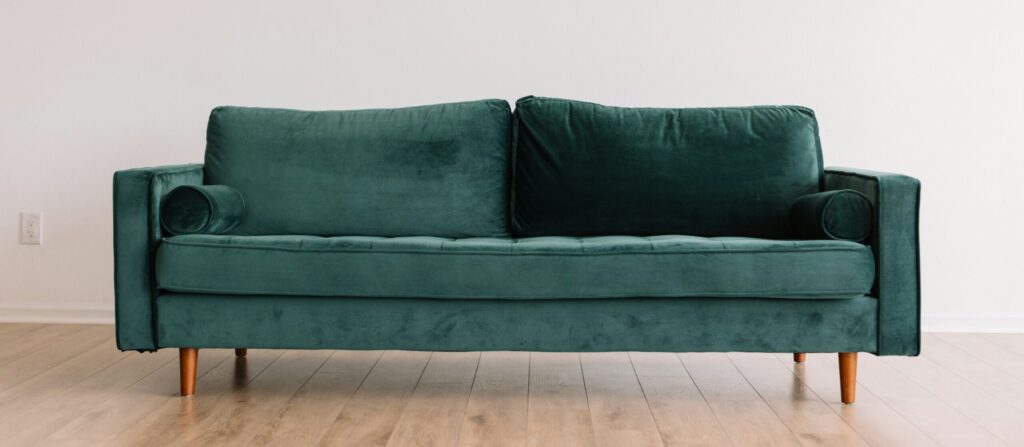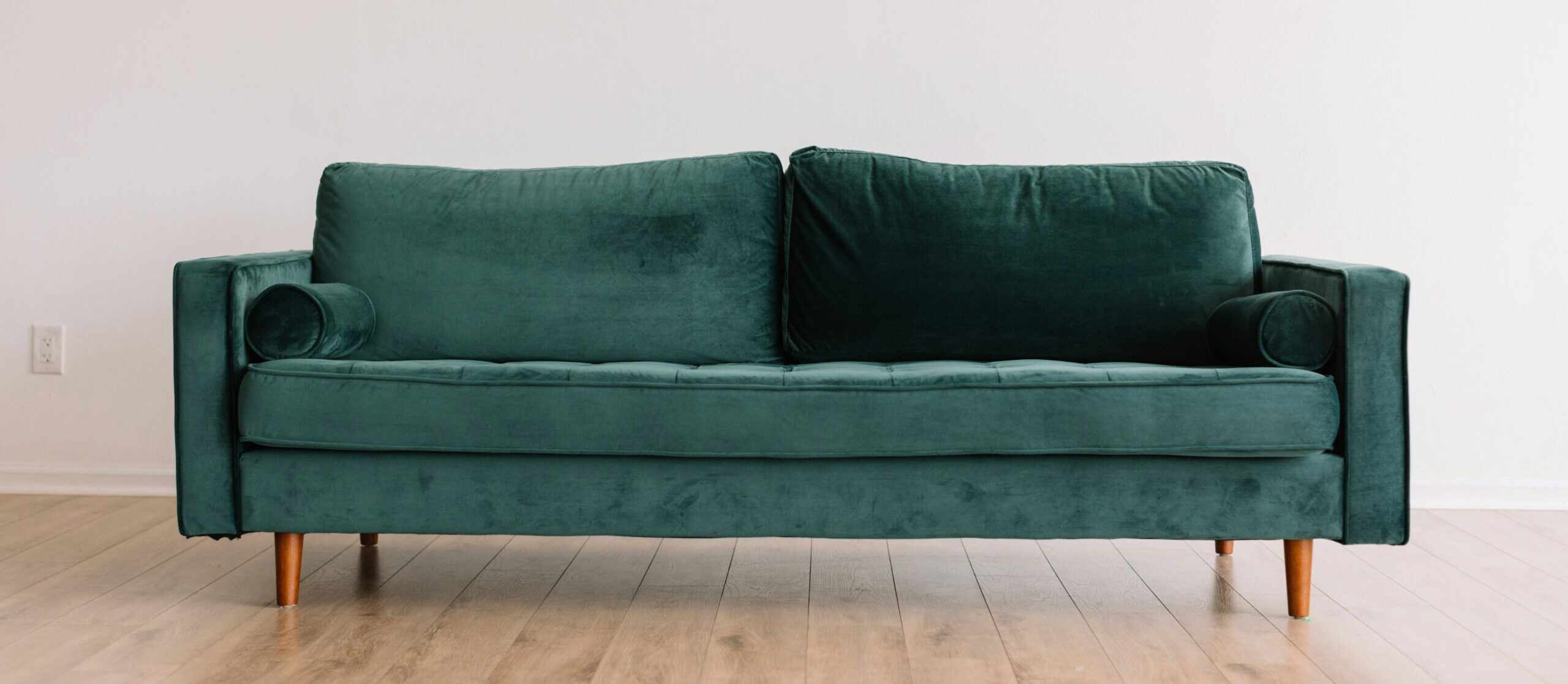
Unlocking the Elegance of Minimalism in Design
In a world bustling with stimuli and distractions, the art of minimalism stands out as a beacon of simplicity and elegance.
It’s not merely a design choice; it’s a way of life that seeks to embrace the essentials and let go of the extra. In this edition of The Human Guide, we explore an excellent guide to applying minimalism to your life and how it can transform your living space and mindset.
Less is More: The Essence of Minimalism
The term “less is more” was coined by the German-American minimalist architect Ludwig Mies van der Rohe, one of the last directors of the groundbreaking modernist art and design movement in the early 1900s, named The Bauhaus.

Minimalism is often associated with design aesthetics characterized by clean lines, simple color palettes, and uncluttered spaces. Nevertheless, it’s more than just visual appeal, it’s a philosophy that advocates for mindful consumption and intentional living, by reducing the unnecessary, we make room for what truly matters.
Learning from Japanese Minimalism

At the heart of minimalism in interior design lies the idea of creating spaces that breathe.
It’s about decluttering your living area, choosing quality over quantity, and opting for furniture that serves both functional and aesthetic purposes. A minimalist home is a tranquil oasis, free from the chaos of excess.
Wabi-Sabi
“Wabi-sabi” (侘寂) is a concept that represents a worldview centered on the acceptance of imperfection and the appreciation of the beauty of things that are simple, modest, and unpretentious. It’s a term that encapsulates a range of ideas and aesthetics, and it’s deeply rooted in Japanese culture and philosophy.
The term values simplicity and minimalism and suggests that there is beauty in the natural and unadorned state of things and that excessive ornamentation can detract from the essence of an object or experience.
Ma
“Ma” (間) is a term that represents the concept of space, time, and the interval or gap between things. It’s a fundamental and multifaceted concept deeply embedded in Japanese culture and aesthetics.
In everyday life, the concept of “Ma” encourages mindfulness, balance, and the recognition of the significance of both what is present and what is absent. It reminds us to appreciate the value of pauses, breaks, and the spaces in our surroundings, allowing for a more holistic and harmonious perspective on life.
Architecture
One of the defining features of Japanese architecture is its emphasis on simplicity and minimalism. Spaces are designed to be open and uncluttered, allowing for a sense of tranquility and mindfulness. The use of natural materials like wood, stone, and paper, known as “washi,” creates a warm and inviting atmosphere.
In contemporary Japanese architecture, you can see a blend of traditional principles and innovative design. Modern skyscrapers in cities like Tokyo coexist with centuries-old temples, showcasing Japan’s ability to embrace progress while respecting its cultural heritage.
Furniture
Japanese furniture is a testament to the country’s commitment to simplicity, functionality, and craftsmanship. Rooted in centuries of tradition, Japanese furniture design has influenced interior decor trends worldwide.
Japanese furniture embodies the concept of “wabi-sabi,” which celebrates the beauty of imperfection, simplicity, and the passage of time. Whether in traditional tea houses or modern apartments, Japanese furniture continues to be an embodiment of functional artistry and cultural heritage.
Zen
Zen is a profound and multifaceted concept rooted in Japanese culture and philosophy. It has deeply influenced various aspects of Japanese life, including art, architecture, religion, and daily practices.
The philosophy is that it seeks to uncover the profound within the ordinary, the extraordinary within the everyday. It encourages individuals to explore the depths of their own consciousness, embrace the present moment, and find beauty in simplicity. This concept has left an indelible mark on Japanese culture and continues to inspire people worldwide in their pursuit of mindfulness and inner peace.
The Impact on Well-being
The benefits of minimalist living extend beyond the aesthetic. Studies have shown that an uncluttered environment can reduce stress, improve focus, and enhance overall well-being. When you surround yourself with only what you need and love, you invite a sense of calm and contentment into your life.
Applying Minimalism to Your Life
Minimalism isn’t confined to design; it’s a mindset that can be applied to all aspects of life. You can create a more meaningful and fulfilling existence by simplifying your commitments, prioritizing your passions, and letting go of what no longer serves you.
Becoming more conscious of what you keep in your life can have a multitude of positive effects, financially and emotionally, creating a simpler and healthier life.
A few ways to determine what is valuable to you and what isn’t is up to you. Just take a minute and ask yourself.
- What brings me joy? Consider the items, activities, or relationships that genuinely make you happy and enhance your life.
- What is essential? Identify the things that are crucial for your well-being and daily functioning.
- What can I live without? Recognize the items or commitments that don’t significantly contribute to your happiness or growth.
- What aligns with my goals and values? Reflect on whether the things in your life support your long-term objectives and personal values.
By thoughtfully evaluating these questions, you can gradually declutter your life, making room for what truly matters and simplifying your path to personal fulfillment.
Join the Minimalism Movement
Whether you’re redesigning your living space or seeking a simpler, more intentional life, minimalism offers a path worth exploring. It’s about discovering the beauty of simplicity and the joy of living with less.
At The Human Guide, we’re here to guide you on your journey to a more minimalist and purpose-driven life.
A better you starts today.
Sources
- Ludwig Mies van der Rohe: https://en.wikipedia.org/wiki/Ludwig_Mies_van_der_Rohe
- Bauhaus: https://en.wikipedia.org/wiki/Bauhaus





Leave a Reply